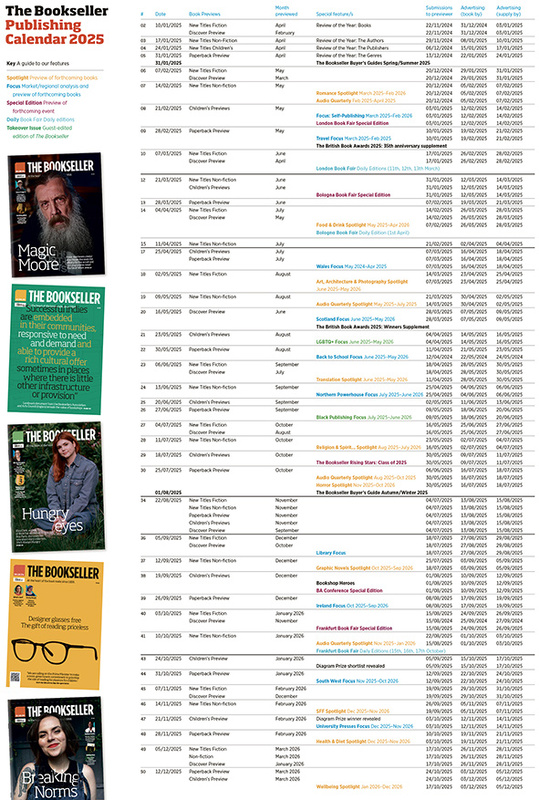You are viewing your 1 free article this month. Login to read more articles.
Pearson releases editorial guidelines to combat systemic racism
Pearson has released a series of editorial guidelines on ethnicity and race, aiming to help fight systemic racism in education.
The guidelines have been drawn up so authors, reviewers and editors can “create meaningful representations of minorities and challenge racial stereotypes and associated prejudices in all Pearson courseware, digital materials, services, qualifications and assessments”.
They identify five main issues commonly highlighted in academic sources including underrepresentation of minorities, exaggerated negative associations, limited positive associations, missing stories and the idea that disadvantages are personal, rather than systemic.
The guidelines were created by members of Pearson’s employee resource groups with consultation from Dr Jason Arday, deputy executive dean for people and culture at Durham University UK and author of the Black Curriculum Report, a study of curriculum inequality in the UK. Employees from Pearson PRIME (People Representing the Interests of Multiple Ethnicities) and Pearson Bold, which is dedicated to empowering employees of Black or African ancestry, led the report.
Ebrahim Matthews, senior vice-president for global schools at Pearson, said: “Last year was a year of enormous change and action across the world when it comes to race and ethnic equality. It has highlighted the need for action to address systemic inequality that people from diverse backgrounds face every day. The work we do at Pearson makes a real difference in the lives of millions of people and there is more we can and should do. This is an important step to address systemic and personal bias related to race and ethnicity in academic content, and to ensure that what we produce is anti-racist, accurate and authentic.”
The guidelines will inform the firm's forthcoming wider global editorial policy which will set out new standards for content relating to race, ethnicity, gender, sexual orientation, social class, religion and disability. Training on the guidelines is being rolled out globally to Pearson employees over the next 12 months.
Arday added: “The guidelines produced represent a cultural shift in publishing that attempts to centre race and racial equality at its core. Pearson’s commitment to changing the racialised dynamics of publishing and the contents of its books, speaks to a boarder need for the educational publishing industry to disrupt how bodies of knowledge are presented with regards to texts and learning resources. This organisational commitment reflects Pearson’s attempts to engage with an anti-racist approach that embraces a global and diverse international readership and consumer base.”
The company also recently announced the appointment of Dr Florida Starks as chief diversity officer to lead a cross-functional, company-wide effort to advance diversity, equity and inclusion initiatives. Pearson has also started removing some terminology and imagery from its titles based on student feedback. One example is the term “master/slave,” commonly used in engineering and computer science fields.



















